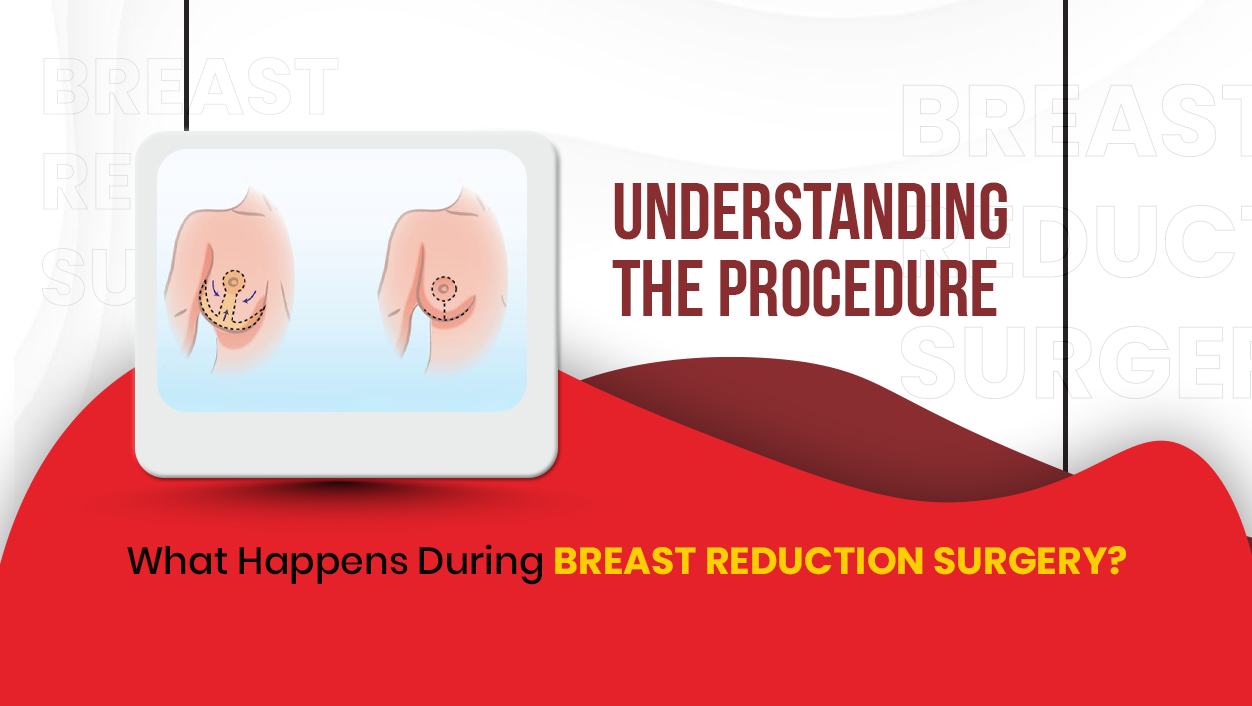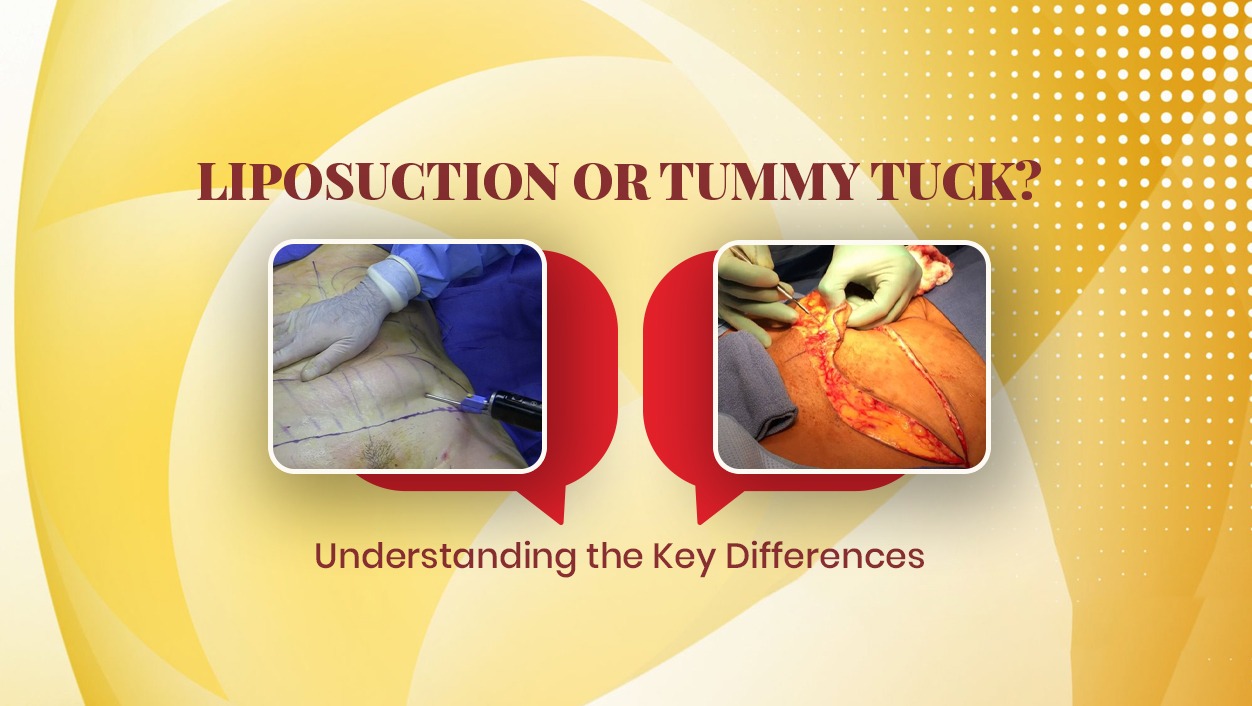Blog Details

Understanding the Procedure: What Happens During Breast Reduction Surgery?
You must have heard the saying: what’s a dream for one person can be a burden for another. The same is true when it comes to breast size. We’ve helped many women through procedures aimed at improving self-confidence and while naturally large breasts are often seen as a symbol of femininity, in some cases they can actually become a burden. Women often come to us seeking solutions for the challenges caused by excessively large breasts, carrying a lot of questions and concerns. Am I the right candidate? What exactly happens during the procedure? How long will recovery take? Will I be able to return to my daily activities quickly? These are just a few of the many questions we hear regularly. Today, we’re taking this opportunity to address these concerns and provide clear, practical answers, so anyone considering breast reduction or reduction mammaplasty can make an informed decision with confidence Breast reduction surgery or reduction mammaplasty, is a procedure aimed at reducing the size and weight of the breasts while also correcting natural sagging. It removes excess breast tissue, fat and skin, helping the breasts achieve a shape that is more proportionate to the body. The procedure reshapes the remaining tissue and repositions the nipple and areola to create a natural, lifted appearance. Each surgery is tailored to the individual, taking into account breast size, body proportions and personal goals, ensuring both comfort and aesthetic balance. Women may consider breast reduction surgery if they experience discomfort or challenges due to naturally large breasts. Typical indicators include: Physical discomfort: Persistent back, neck or shoulder pain caused by breast weight Skin irritation: Grooves from bra straps or rashes under the breasts Restricted activity: Difficulty exercising, running or performing daily tasks comfortably Disproportionate size: Breasts that feel too large relative to overall body shape Self-consciousness: Feeling restricted or uncomfortable with appearance or clothing choices Sagging (ptosis): Natural drooping of breasts that causes functional or aesthetic concerns Being in good general health, having realistic expectations and understanding the recovery process are also important factors in deciding if breast reduction is right for you. Consultation and Pre-Surgery Assessment Before a breast reduction, a thorough consultation is essential. This is the stage to understand each patient’s concerns, goals and overall health. The breast size, shape and degree of natural sagging are carefully evaluated and the discussion focuses on what changes will bring both comfort and a balanced appearance. Medical history and current medications are reviewed and basic tests such as blood work or imaging may be recommended to ensure the procedure is safe. This consultation also covers what to expect during surgery, the recovery process and potential outcomes, helping patients feel informed, reassured and confident about their choices. Breast reduction surgery is performed under general anesthesia. Admission usually happens on the day of surgery or a few hours prior, depending on hospital protocols. Pre-surgery preparation: Vital signs are checked, the breast is marked for incision and reshaping and the patient is prepared for anesthesia. Anesthesia: General anesthesia ensures comfort and safety throughout the procedure. Incisions: The surgeon chooses an incision pattern based on breast size, shape and desired outcome. Common approaches include the anchor pattern (also known as the inverted-T, around the areola, vertically down and along the breast crease) or the lollipop pattern (also called vertical or Lejour technique, around the areola and vertically down). Tissue reduction and reshaping: Excess breast tissue, fat and skin are removed. Fat removal may be assisted with liposuction, particularly where excess fatty tissue is present. The remaining tissue is reshaped to lift the breast and create a natural, proportionate contour. Nipple and areola repositioning: The nipple and areola are relocated to a higher, natural position while maintaining sensation and appearance. Closure and dressing: Incisions are closed with sutures and a supportive surgical bra or dressing is applied to protect the breast and aid healing. The procedure is tailored to each patient to achieve size reduction, natural lifting and balanced breast shape. Most surgeries take a few hours and patients are closely monitored during recovery before discharge. After breast reduction surgery, healing is gradual. Here’s what patients can expect: Swelling and bruising: Common in the first few days; mild discomfort is normal and managed with prescribed medication. Supportive garments: Wearing a surgical bra or compression garment helps reduce swelling and supports healing. Activity guidance: Gentle walking is encouraged; avoid heavy lifting or strenuous exercise for 4–6 weeks. Wound care: Keep incisions clean and dry; sutures may dissolve on their own or be removed during follow-ups. Follow-up visits: Essential to monitor healing, manage scars and address any concerns early. Returning to daily routines: Most patients resume normal activities within 1–2 weeks, depending on comfort and work type. Long-term settling: Final breast shape and contours take several months as swelling decreases; maintaining stable weight supports lasting results. These steps, followed carefully, ensure safe recovery while achieving the intended comfort, proportion and lift. Breast reduction surgery is generally safe, when performed by an experienced, board-certified plastic surgeon. But like any procedure, it carries some risks. Understanding them helps patients make informed decisions and recognize early warning signs: Bleeding or hematoma: Some blood accumulation can occur around the surgical site; usually monitored and managed promptly. Infection: Rare, but maintaining clean wounds and following post-operative care reduces the risk. Scarring: All incisions leave scars; their visibility varies based on healing, skin type and incision pattern. Scar management techniques can improve outcomes. Changes in nipple or breast sensation: Temporary numbness or heightened sensitivity may occur; permanent changes are uncommon. Asymmetry: Minor differences in size or shape can happen, but overall balance is maintained. Delayed healing: Smoking, certain medications or underlying health conditions can slow recovery. Need for revision: Occasionally, adjustments are needed to refine shape or symmetry. Being aware of these possibilities, following post-operative instructions and attending all follow-up appointments ensures early detection, smoother recovery and optimal results. Breast reduction surgery is more than a cosmetic procedure, it’s a solution that can relieve physical discomfort, improve posture and enhance quality of life. While every surgery carries some risks, careful planning, proper patient selection and the expertise of a board-certified plastic surgeon make it a safe and effective option. Understanding the procedure, recovery and potential complications helps patients feel confident and prepared. With realistic expectations and attentive aftercare, breast reduction can bring lasting comfort, improved proportion and renewed confidence in daily life.What is Breast Reduction Surgery?
Who is an Ideal Candidate for Breast Reduction Surgery?
What Happens During Breast Reduction Surgery
Recovery and Aftercare of Breast Reduction Surgery
Potential Risks and Complications in Breast reduction surgery
Conclusion












